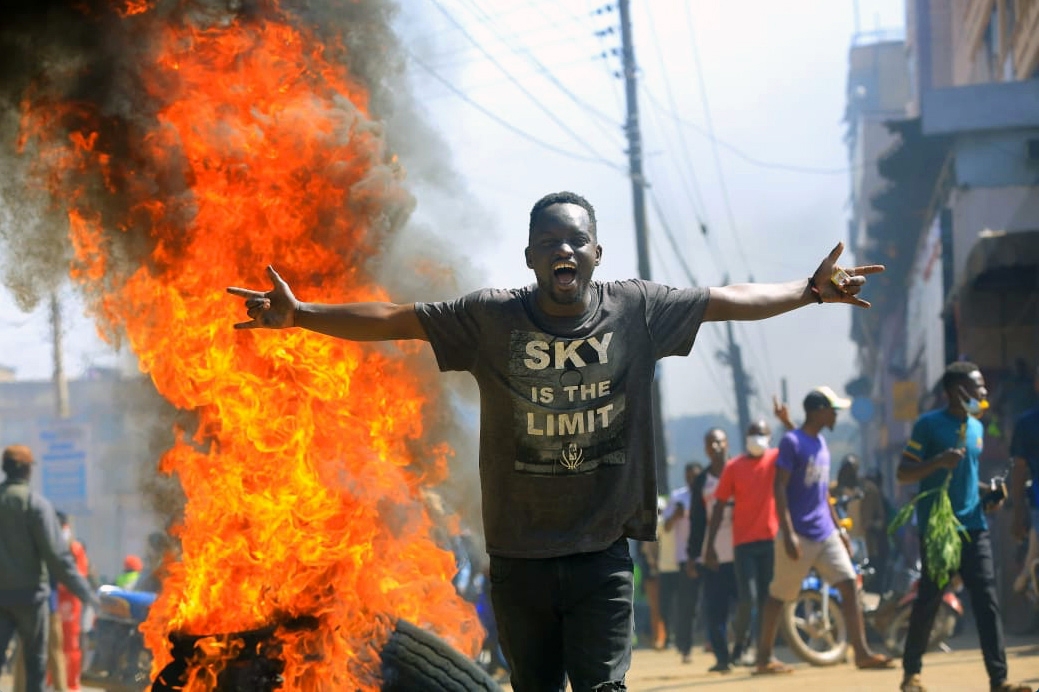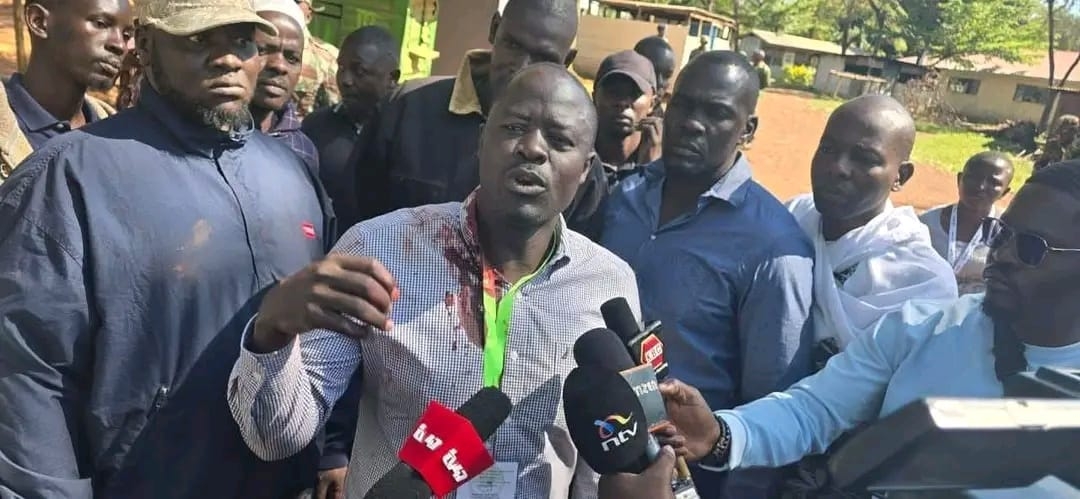While Kenya remains wild polio-free, the recent resurgence in vaccine-derived polio has created a new headache.
The World Health Organization says one case of paralysis means there could be hundreds of other silently infected children.
Vaccine-derived polio occurs when the attenuated poliovirus used to make the oral polio vaccine regains its virulence.
This mostly happens in under-vaccinated children and those who have not been vaccinated.
Kenya plans to vaccinate 7.4 million children from Thursday to December to protect them.
WHO said of the six cases reported in Kenya, two were already paralysed.
The first case is a two-year-old male, vaccinated with three doses of oral poliovirus vaccine (OPV), with no travel history, who developed paralysis on 26 May, and stool samples were collected on June 1 and June 2.
The second case is a 2.7-year-old female with a travel history to Afmadhow, Lower Juba, southern Somalia, vaccinated with three doses of oral polio vaccine (OPV) who developed paralysis on May 27.
“WHO assesses the overall risk at the national level to be high due to the overcrowded living conditions in the refugee camp, high rate of malnutrition, poor water and sanitation facilities, and frequent population movements with Somalia,” WHO said.
According to Unicef estimates of national immunisation coverage, oral polio vaccine third dose (OPV3) and inactivated poliovirus vaccine first dose (IPV) was 91 per cent in Kenya in 2021.
However, the coverage in Hagadera camp is 77 per cent for both OPV3 and IPV as of May 2023.
WHO says the virus paralyses one of every 200 infected children.
Even one case of paralysis is a signal that there may be hundreds or even thousands of undetected infections, WHO said.
“Paralysis in the infected children means gaps in population immunity,” said Iheoma Onuekwusi, the immunisation and vaccines development focal person at the WHO Kenya office.
“We cannot allow children to be paralysed by polio in a certified polio-free region.”
WHO said although the new outbreak does not nullify Kenya’s wild polio-free status, it must work with neighbouring countries to stop the outbreak.
Wild poliovirus refers to the natural, non-manipulated strain of the poliovirus that causes poliomyelitis, commonly known as polio.
“A robust cross-border collaboration with neighbouring countries of Somalia, Ethiopia, Uganda and Tanzania will also be required to address gaps in surveillance and routine immunisation activities,” Iheoma said.
Polio is highly contagious. The virus multiplies in the intestine for weeks and could spread through faeces or contaminated food or water - for example, when an infected child uses the toilet, neglects washing hands and then touches food.
It is capable of ravaging the nervous system and causing paralysis within hours. Those who recover could relapse and become seriously ill years later.
Ministry of Health epidemiologist Dr Daniel Langat said the recent outbreak was confirmed to have originated in Somalia.
The last vaccine-derived poliovirus confirmed in Kenya in 2018, 2020, and 2021 were all linked to Somalia.
Dr Langat said eradicating the vaccine-derived polio requires 100 per cent vaccine coverage.
Globally over the past year, there have been 665 cases of vaccine-derived polio across 23 countries.
Health Director General Patrick Amoth suggested the announcement in 2020 that wild poliovirus had been eliminated may have created a complacency ill-suited to tackling vaccine-derived polio.
“Mid to late last year, the Horn and EAC region experienced a devastating drought, and no wonder, hardly one year down the line, we are reporting this outbreak,” he stated, noting that the health sector contributes so little in terms of carbon footprint but bears the greatest burden.
“I would appeal to the researchers in this room, to go back to the drawing board to see if we can find a possible link between these outbreaks and climate change, and not forgetting the never-ending conflicts,” he said.

















